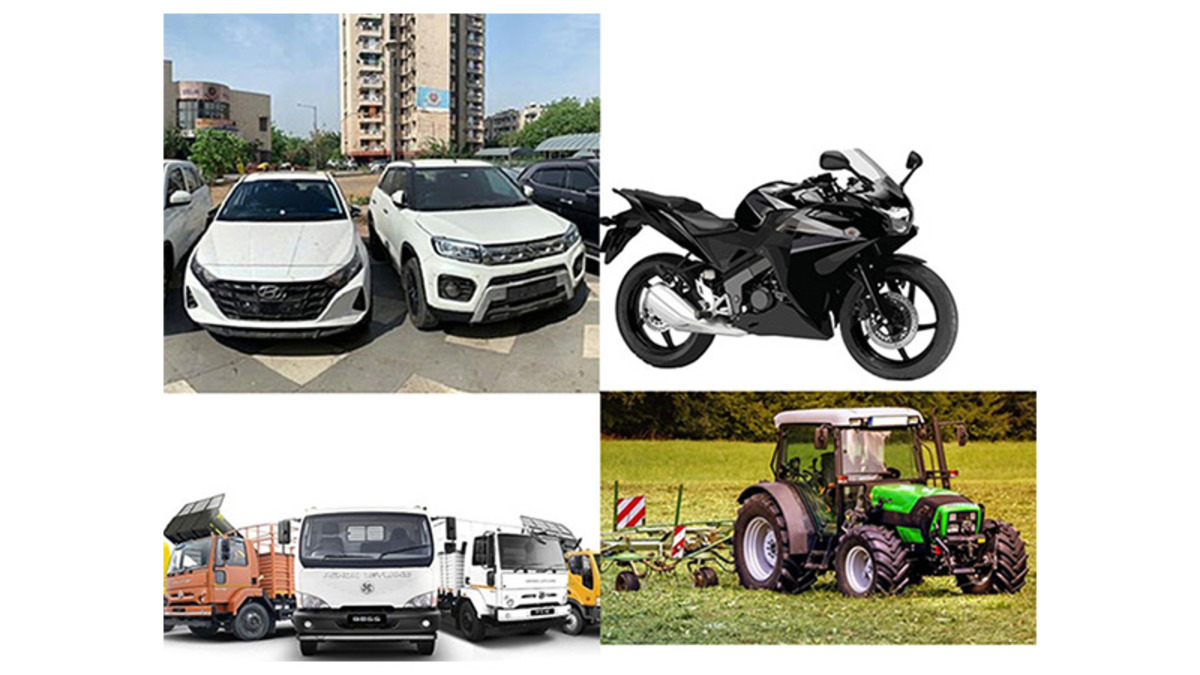Despite supportive macroeconomic indicators such as income tax relief, lower lending rates, and above-normal monsoon rainfall, vehicle demand in India has yet to show signs of meaningful recovery, according to a recent report by Incred Equities.
The report noted a 5% year-on-year decline in domestic vehicle dispatch volumes during the April–June 2025 quarter, with motorcycles and passenger cars being the hardest hit. While SUVs and tractors showed marginal growth, the broader auto sector remains under pressure.
Key Takeaways:
- Favourable economic conditions have not translated into improved vehicle sales.
- Tractor sales grew by 10% year-on-year, while motorcycles and cars dragged down overall volumes.
- Export volumes offered some relief, rising 22% year-on-year across segments.
- 70% of major auto firms are still expected to post EBITDA growth, driven by lower input costs and an improved product mix.
Cost Dynamics:
- Prices of precious metals and rubber rose between 3–11% quarter-on-quarter.
- Steel and aluminium prices declined modestly.
- A weaker dollar and stronger yen/euro helped companies with dollar-denominated imports.
Sectoral Challenges:
- Regulatory hurdles in the commercial vehicle and two-wheeler segments remain a concern.
- The Nifty Auto Index has significantly underperformed the Nifty 100 over the last 12, 6, and 1-month periods.
The report expressed caution toward auto stocks, particularly at their 10-year average forward price-to-earnings (P/E) valuation, emphasizing that policy measures and macroeconomic tailwinds have not yet translated into a visible revival in consumer demand.
Overall, while exports and cost efficiencies offer some respite, the auto sector continues to grapple with weak domestic sentiment and structural challenges, suggesting that a demand rebound may still be some distance away.





